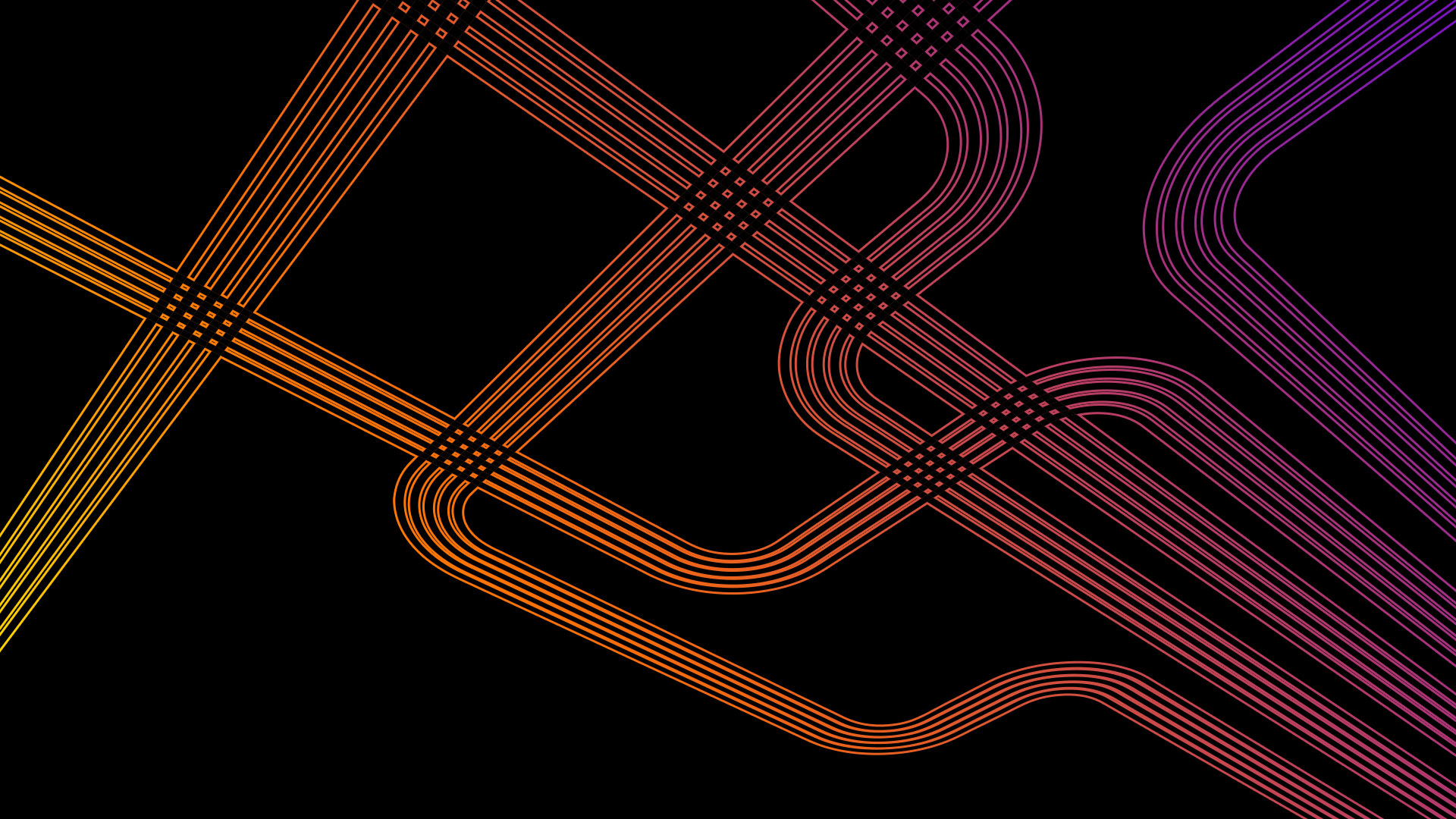IoT is transcending industries and stimulating emerging markets, and executives are toiling on the frontline trying to identify proper use-cases for their brands to better connect with consumers for some next-level connectivity.
After all, by 2020, there will be over 26 billion connected devices in the ether for what is being billed as a $151 billion market; one third of executives admit that their companies actively deployed IoT in 2016, per Deloitte.
Mainstream vendors like Dell are leading the commercial side of the industry by pushing for smarter IoT devices and building on equipment and data by leveraging current tech investments to securely enable analytics-driven action.
On Wednesday, as part of the Dell IoT Solutions Partner Program, the hardware company made another move on that front by inking a deal with Great Bay Software to further facilitate visibility into IoT devices connected to heterogeneous networks as part of their Dell Edge Gateway 5000 Series.
Jason Shepherd, Dell’s director of IoT strategy and partnerships, joined [a]listdaily to discuss how they’re enabling secure IoT solutions and what brands need to do to create meaningful IoT activations.

On Dell’s IoT strategy . . .
“We’re focused on commercial and industrial use-cases. We’re seeing a lot of IoT in both of those markets. It’s clearly fragmented across the board. You’re seeing a lot of stuff around Alexa in the consumer space. Personally, the winners in the IoT world for consumers will be whoever owns the content pipe because you already will have that customer relationship. Amazon is doing great things there. We see some opportunity over time for Dell. But for us, it’s more on the commercial side. We have a lot of credibility in that space and customer relationships, too, with our partners that bring more of the operational side of the business. We come from the IT side. That’s where our traction is going to be.”
On how brands can create meaningful IoT activations . . .
“It has to solve a real problem. I can’t emphasize enough to be focused with experimentation and be practical about it. Solve a core problem, and don’t take on too much. Unfortunately, right now there are a lot of consumer-facing activations across the board that are not useful, and are out there just because marketers can do it. But they aren’t really valuable. And that’s why you don’t see traction. My advice to brands would be to solve a real problem and not just do something because it’s cool. It won’t fly because the average consumer won’t spend a lot of time and money, unless they like to tinker. We’re seeing a lot of ‘hey, look what I can do.’ That’s not that interesting. From a Dell perspective, it’s all about going after use-cases that drives a hard ROI for businesses that is repeatable. For us, we’re in a business to find the killer app and scale these solutions. We bring the infrastructure. Our partners bring the services.”
On the security concerns plaguing IoT . . .
“The key to security is that there is no magical answer that solves all problems. It’s about a layered approach, and knowing what you are doing. The DDoS attack that took down parts of the internet late last year was a bot that went out to IoT devices and started swarming the servers. Most of those devices had almost no security applied to it. What’s happening with consumers is there is this balance of instant gratification and ease of set-up and not having a password. You don’t have that issue on the commercial side because you’re going to do whatever you need to protect your business. There needs to be an education on the consumer side. It’s working with reputable suppliers. You’ll see that, especially with the consolidation happening with some of the larger players who own the pipe on the consumer side. You will build that in. You have fragmentation with all of the players doing cool things from a maker-movement standpoint when security is an afterthought because first and foremost it’s about going to market for them and just get something out there. It’s so fragmented and noisy that you can’t cover everything up. The attack surface is too big. When you get some centers of gravity, then you can start applying the security models and it starts to consolidate a bit. At Dell we’re doing the same thing on the commercial side for helping drive certain standards and being active in that community by working with partners. We have a lot of expertise in applying security measures. It’s about education and applying the right models.”
On education journey that needs to take place . . .
“You have to start with the use-case, and not be everything to everybody. That’s the struggle that needs to be balanced. A lot of it is going through and talking about the stories, and the impact of the use-cases. We used [Entourage star and Dell Social Good Advocate] Adrian Grenier for the potential of green impact for smaller farms. It’s about getting the message across of social and environmental impact. We’ve seen pockets of the killer app emerge. The big focus for us is to get that clarity.”
On the future of IoT . . .
“It’s driving the awareness and knowledge of security. We’re actively working on how to drive more consolidation on standards. We have to get the data integration problem more in check. Buzz really started peaking over the past couple of years. People were looking at it like ‘I want to own the customer. I want to lock people into my platform. I want to do everything.’ In 2016 people realized ‘holy crap! This is hard.’ They realized that they did not have to reinvent the middle. The industry needs a consistent baseline in the middle. You don’t have to own that and be proprietary to still add a lot of value. A big part of this year will be a consolidation effort. You’ll start seeing the platform proliferation die down. Over the next 12-to-18 months, you’ll see the platforms cut in half—some through acquisitions, some through just fizzling out—because you just don’t need 400 platforms to solve these problems.”
Follow Manouk Akopyan on Twitter @Manouk_Akopyan
https://www.youtube.com/watch?v=sja5OCzREkA

